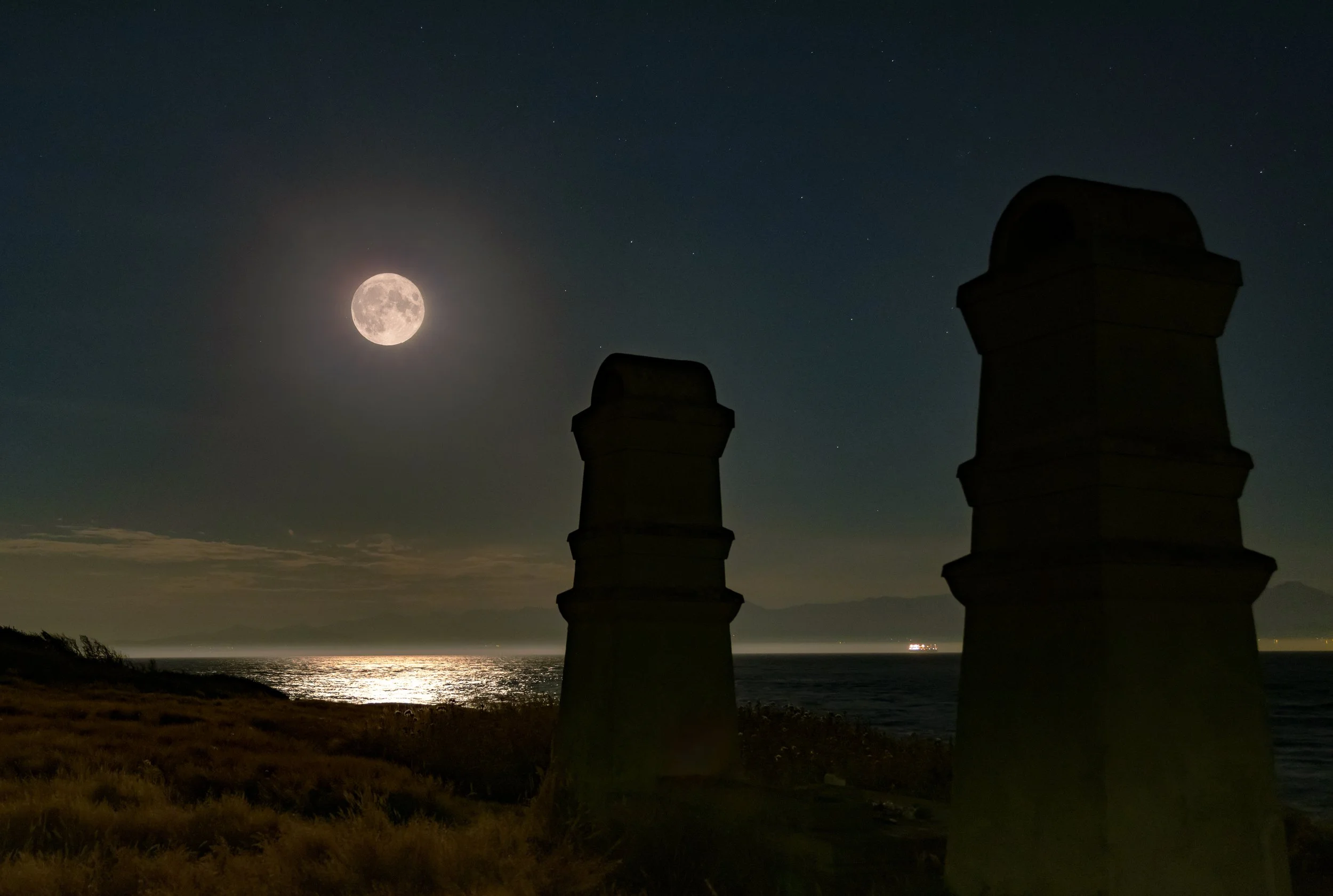
The Moon - a ‘gateway drug’ into astrophography
If you want to try astrophotography, the moon is a great place to start. You can take a picture of our nearest neighbour even in heavily light polluted skies because it is so bright and forgiving. You can even grab its image in full daylight, like the one below, which was one of the first astrophotos I took. It’s such an easy and rewarding target. Follow it through its phases. The quarter moon, or near quarter, is my favourite as the sideways-on sunlight emphasises the relief and craters.
For the mineral moon image below, I took 162 frames and stacked the best 30% using software called Autostakkert. I added a subtle outer glow from an overexposed frame.
Detail in the moon
In 1971 astronaut Jim Irwin drove a rover around the lunar surface. How much fun would that be?
He was photographed in front of Mons Hadley, a peak in the Montes Apenninus mountain range that can be clearly picked out in my image taken at 900mm focal length.
Clouds are usually the enemy of the astrophotographer. I have tried shaking my fist at them but not even that makes them go away. Perhaps it’s better to make friends with clouds and use them to create a spooky mood.
Using reflections across water is another way of creating interest in a landscape picture. In my examples below the moon needed a faster exposure than the landscape or it would have been blown out. So I took a separate image of the moon from the same spot and positioned it over the blown out moon in landscape shot. This first one actually required about five different exposures because the scene had a huge dynamic range meaning the shadows needed lifting and bright regions holding back.








